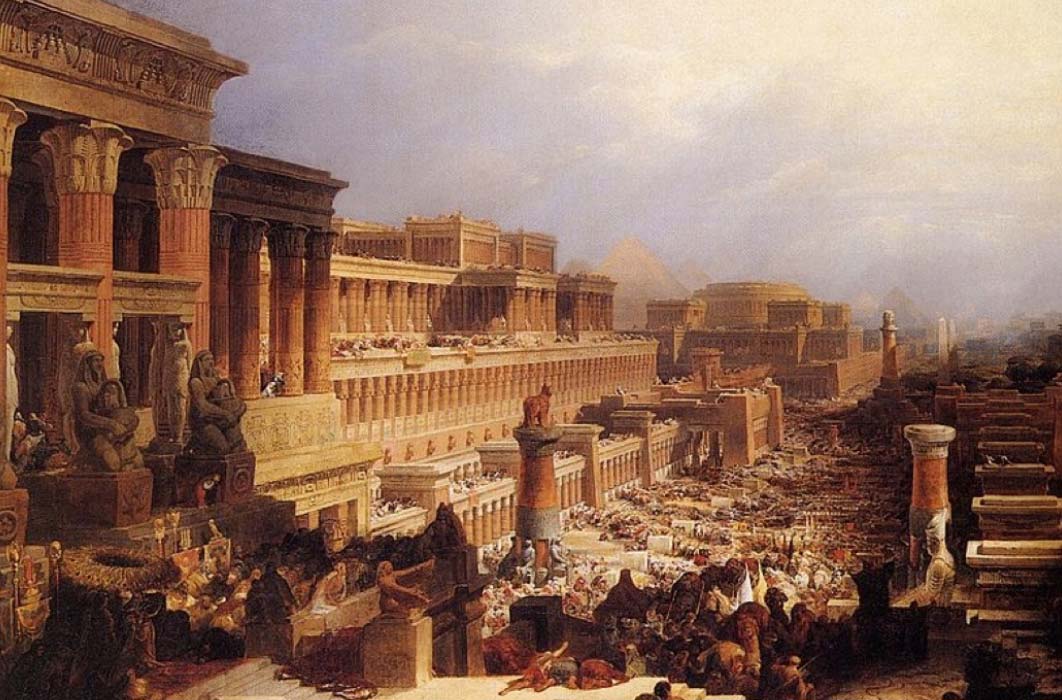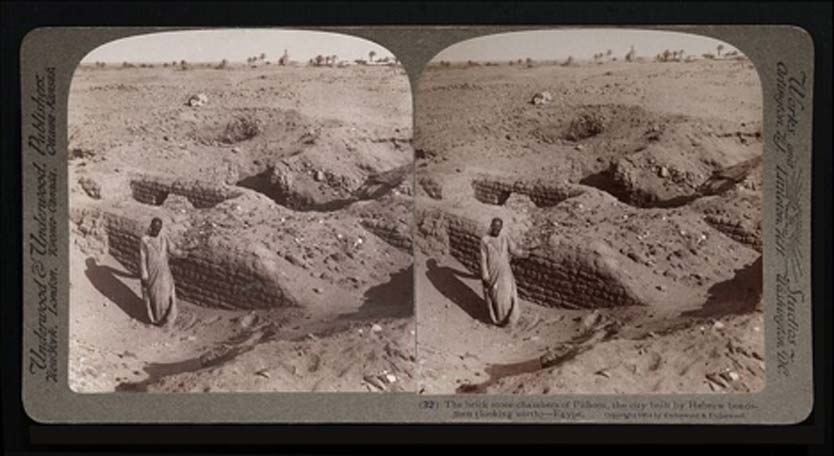
Exodus: Which Way Did Moses Choose And Why?
The actuality of the Israelites’ exodus from Egypt has probably generated the most discussion and argument among scholars of Biblical times. Various sources recount that the Israelites were settled in the land of Rameses, also called Goshen.
“And Joseph settleth his father and his brethren, and giveth to them a possession in the land of Egypt, in the best of the land, in the land of Ramesses, as Pharaoh commanded.” (Genesis 47.11).
“And the great company escorted Jacob and his family to Egypt, and there Joseph gave to his relatives the best of the land, even Goshen.” (The Talmud: Selections, Polano, 1876).

The Eastern Frontier (Image © Ted Loukes)
Point of Departure
Both sources, Genesis and the Talmud describe the land as the ‘best in the land’, not some slave camp. As a powerful empire in its day, Egypt had many potential enemies, mainly from the south and from the east, and it was important that an adequate defensive system was maintained. To the east these defensive fortifications were part of what was known as the ‘Wall of the Ruler’, a system of fortress, canals and walls interlinking the lake system that existed between Egypt and the Sinai, stretching from the Mediterranean coast south to present day Lake Timsah at Ismailia. It is generally accepted that the Israelites left from the Rameses area.

The Brick store-chambers of Pithom, the city built by Hebrew bondsmen from Travelers in the Middle East Archive (1904) (Public Domain)
Store-Cities or Fortresses?
Exodus explains that the pharaoh was concerned about the number of Hebrews living in Egypt - and they were set to building the store-cities of Pithom and Ra’amses. According to the Septuagint, the Greek word for ‘store-cities’ “πόλεις ὀχυραί” translates not as ‘store’, but as ‘strong or fortified cities’; indeed the Hebrew term used stems from the word for ‘magazine’ or ‘arsenal’. The Talmud would seem to support this, as it describes the two cities as fortresses: “The fortresses, Pithom and Ra’amses, are not strong enough for their purpose of protection, they should be rebuilt and with greater care.” The implication is that the Hebrews were put to work on building up or restoring the fortifications on the eastern border.
Pithom or “Pr Atum”, the house of Atum, has been identified as being in the area of the Wadi Tumilat, that ends in Lake Timsah. At the time in question Pithom appears to have been located at the site known today as Tell el-Rataba, which shows evidence of having been built in the 18th Dynasty, if not earlier, and expanded during the reigns of Ramesses II and III. In this New Kingdom phase of occupation, Tell el-Retaba was surrounded by an enclosure wall to form a fortress over 1,300 by 650 feet (400 by 200 meter) with a massive gateway on its western side. Material excavated within the walls of Tell el-Retaba suggests that it was a major fortified town guarding access into the Nile Delta through the Wadi Tumilat. It stood at the eastern end of an ancient overfill lake fed from the Nile.




